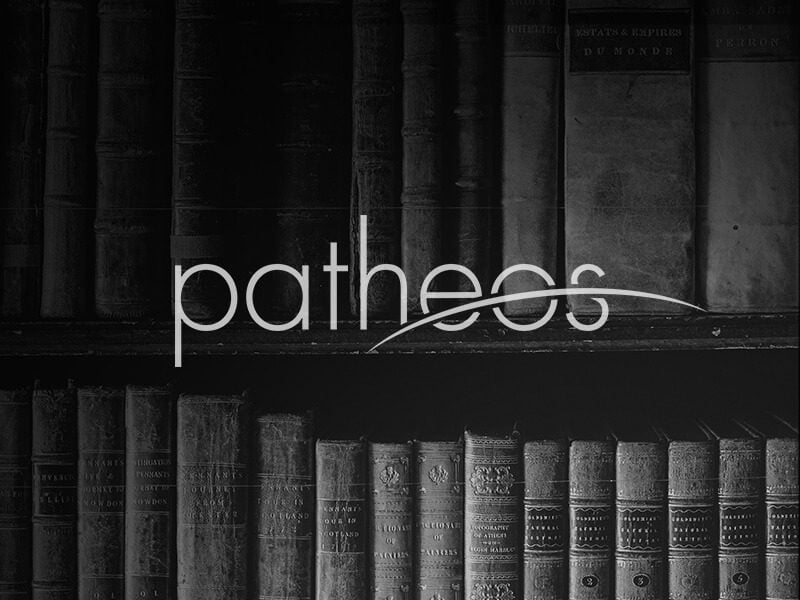Tyler Mayfield’s monograph, Literary Structure and Setting in Ezekiel, focuses on the literary markers on the surface of the text of Ezekiel, rather than on conceptual or genre, as a guide for literary structure of the book. He argues that the book divides into 13 units, each of which begins with a narrative (sometimes no more than a chronological marker) followed by an oracle or series of oracles. For the most part, the units are in chronological order. The result is a clear and compelling outline, albeit a fairly obvious one. Mayfield argues that the outline allows for “contextually rich” readings of each unit.
He notes that from the outset Ezekiel’s oracles are dated by reference to the exile of Jehoiachin. Mayfield suggests that this indicates that the books was “written from the perspective of the exiles” (93), but there is perhaps more going on. We may link Ezekiel’s dating with the concluding verses of 2 Kings, which report that Jehoiachin was elevated from prison in the 37th year of his exile, and thus suggest that Ezekiel traces a path toward that eventual release and elevation, though his chronology falls short.
The time-span between the first and last marker (1:1-3; 40:1) is twenty years, which Mayfield rightly points out is “the exact length of service set out for a priest” (103). Ezekiel’s prophecy thus sets out the career of a priest, culminating in a vision of a new temple, and pointing ahead to the eventual elevation of a Davidic king.
Another pattern that emerges from the structure is a focus on the destruction of Jerusalem, and its relation to the destruction of nations. As Mayfield writes in his chapter on Ezekiel 24-25, “Ezek 24-25 does not focus all of its attention on the destruction that awaits Jerusalem, but also notes the judgment that destruction that will come to nations such as Ammon, Moab, Edom, and Philistia. . . . The scope of the siege is not limited to the city of Jerusalem. Eventually, destruction comes to the nations as well” (167). These oracles of judgment culminate with several chapters on Egypt (29-32), which foreshadows the combat with Gog and Magog at the end of the book (pp. 207-8). This movement from Jerusalem to the nations is of course a common sequence in the prophets, including the Olivet Discourse and Revelation: Judgment begins with the city of God and then reverberates from there.
The readings are not startlingly innovative, but his straightforward outline provides a starting point for grasping the overall contours of this complex book.










